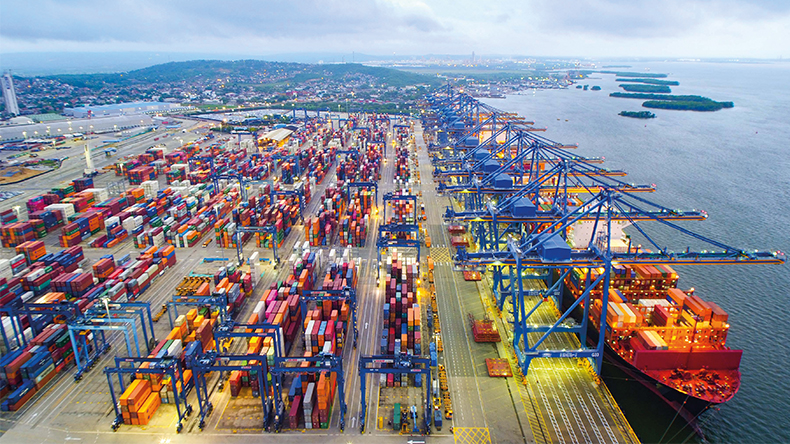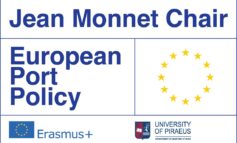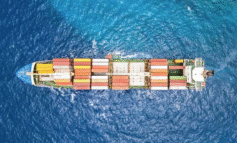Container liner shipping companies started expanding their business by investing in container port terminals in the late 1990s. This market entry results in an extensive presence of vertically integrated liners and terminals. A recenty study explores the competition effects of this vertical integration trend based on a regional (European) analysis. In particular, it extracts lessons from the European Commission cases on the competition effects of vertical integration.
The critical analysis of the cases examined at the institutional level intends to reach conclusions on whether liner-terminal vertical integration harmed or advanced competition in the relevant markets and/or the extent to which there is a need to revise the current policy practices.
Developed by PortEconomics member Thanos Pallis, along with Stefania Kollia (University of the Aegean, Greece), the study critically assesses the European Commission’s (EC) decisional practices in port container terminal vertical mergers in the last 25 years (1997-2021). Based on a review comparing maritime and competition economists’ perspectives, it reviews the types of mergers examined, the methodology followed for relevant market definition and calculation of market shares, and the estimated competition effects.
The Hamburg-Le Havre area is the port range used as a case study for comparing the decisional practice with actual market developments. These container ports serve the greatest consuming market of final and intermediate goods in Europe and gateways to Central and Eastern Europe.
The assessment identifies a need for expanding the investigation as a precondition for reaching conclusions on both the anti and pro-competitive effects. First, only a limited number of transactions have been notified to the EC. Second, the empirical research identified a gap in this process, as there were no decisions (phase I) on vertical mergers between 2008 and 2016. Third, due to the absence of competition concerns, the ex-ante assessment has not applied a phase II in-depth analysis to any case. Finally, due to the absence of complaints, there is a lack of any ex-post assessment of the effects of vertical integration.
– Kolia S. & Pallis A. (2024)
This assessment is important for understanding the current and emerging features of intra-port and inter-port competition and the potential effects that the continuation and expansion of liner companies’ vertical integration strategies will have along maritime supply chains. It also contributes to the broader discussion on liner companies’ strategies, such as the global research and policy-making efforts to understand the impact of both vertical and horizontal integration.
These discussions are critical for diverse businesses that use liner shipping services or provide facilities and services to container shipping lines or ports. They are important for the interests of customers and consumers as they could inform any needed re-visiting of competition policy to protect from the dominance of market developments that would lead to conditions limiting competition. Expanding analysis on the competition effects of non-notified mergers would help better understand market changes.
Enhancing competition and limiting monopolies is valuable from a consumer’s perspective. It is more so in the case of maritime trade that serves the needs of societies. The portstudy contributes by better understanding how decision-makers have worked towards that direction and what realignments are worthy.
There are no previous comprehensive reviews and analyses of the ways that policy-makers at the regional level have addressed the competition effects of vertical integration strategies of liner shipping companies – when enhancing competition is valuable from a consumers perspective. Comparing maritime economists and competition. The study, via its literature review, also offers a comparison of maritime and competition perspectives on these competition effects, allowing positioning of how effective decisional-making practices have been.
The portstudy of Thanos and Stefania has been published in the scholarly journal Maritime Business Review and can be freely downloaded here: Kollia S. and Pallis A.A. (2024). Competition effects of vertical integration in container ports: assessing the European Commission decisional practice, Maritime Business Review, DOI10.1108/MABR-10-2022-0058












